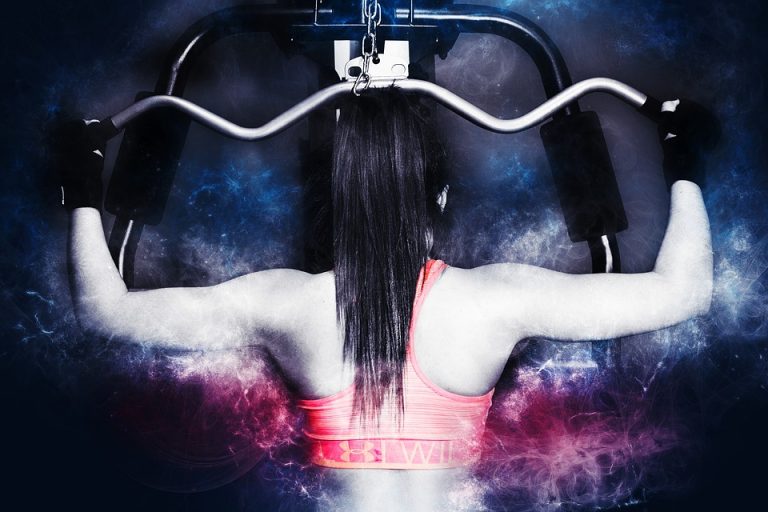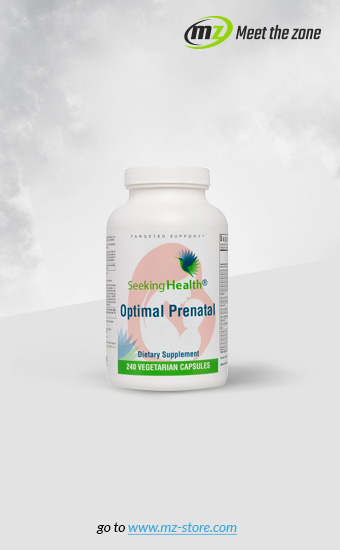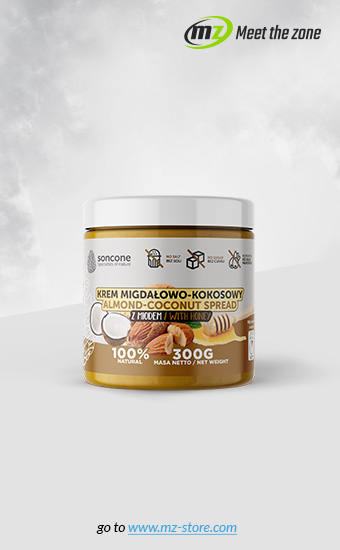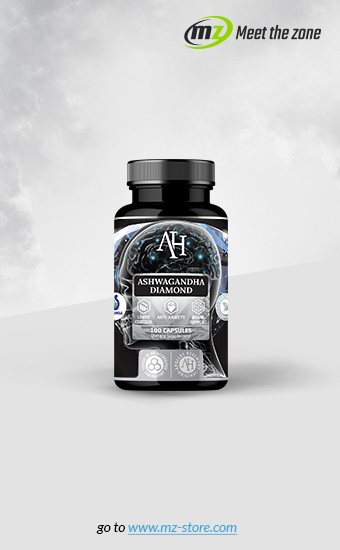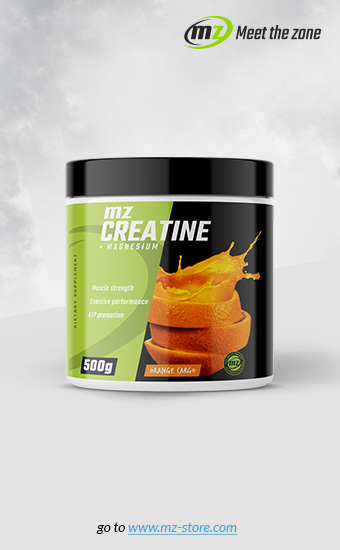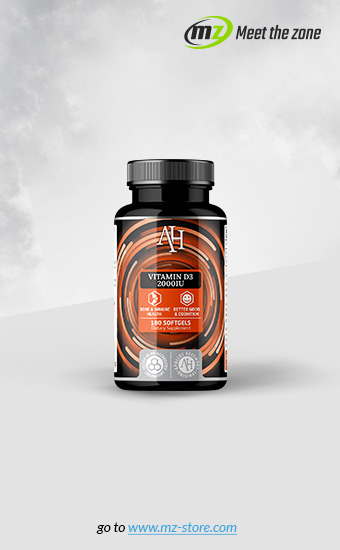Beginning the journey with strength training, we read a lot about the proper training techniques, using specific movements so that they would be safe for the joints and wouldn't harm our silhouette. We also read everything related to preparing our body for a training session, or in other words supporting our body with a proper warm up, combined with stretching elements as well as a series of preliminary warm-up. However, there’s still not much information about what should be done after a strength exercise, and a lot of people think that this time is related mostly to applying appropriate supplementation. Is that all we can do to help our body? Should we end the workout by going home?
What is cool down?
Cool down is an activity that should take place after a strength workout. This means that it’s not part of the training anymore, but more of an end to it. The aim of cool down is to calm the body, oxygenation of tissues, the restoration of adequate blood circulation so that our post workout meal was used to its full potential and at the same time didn’t bear the digestive discomfort. However, that’s not all. This strategy perfectly improves the regeneration processes, supports the blood flow through the worked up tissues, which among other things accelerates the draining waste products of metabolism, and allows supplying a larger amount of energy substrates, which will support the regeneration process more effectively. It’s worth noting that a proper cool down will also take care of the joints and periarticular tissues.
How should you cool down?
Cool down in an expanded version is formed of 4 stages:
Stage I
Assumes the execution of light intensity cardio. Aerobic exercise should allow more oxygen to be supplied to the tissues that worked during training, restoration of blood flow in the central part of the body, which is related to the internal organ blood flow, which includes the digestive system. We go about this activity for around 10 minutes. In order to do this, we can use the cross trainer, treadmill, bike or ergometer. We keep the intensity on the level that will still allow us to freely talk, which is around 130-140 beats per minute. At this stage exchange of energy substrates takes place, secondary components are removed, and “fresh blood” rich in oxygen is delivered, which will be abounded of repair substrates. Let’s remember not to allow the feeling of muscle stiffness, which will limit the burning the rest of the lactic acid.
Stage II
Is stretching. It’s usually recommended to stretch in a static form or by using the PNF method. Postisometric muscle relaxation consists of using the effect, which after the isometric tension allows the extension of its fibres.
PIR (post isometric muscle relaxation) consists of execution of limb movement until we feel a slight reduction of tension in the muscle that we are going to stretch, at that moment, we start to tightly stretch the muscle by attempting to contract it, however we do not allow movement, blocking the limb. We tighten the muscle for around 10 seconds, then breathe in. While breathing out, however, we relax the limb which should allow us to slightly deepen the movement. We do this 2-3 times, until there is no more progression, then we need to tightly tense the antagonistic muscles of the stretched muscle. E.g. if we’re relaxing the biceps femoris muscle, after relaxing we tighten the quadriceps.
Stretching after a workout improves the functions of nourishing the tissues, their trophics, returns the length of not only the tight muscle structures, but also to tendons.
Relaxation of muscles relieves the joints. Busy people should at least focus on stretching the muscles that were used in the workout. For obvious reasons, the best choice would be to stretch the whole body.
At this stage, using a foam roller is also a perfect solution.
Stage III
Is breathing exercises, which are intended to support the relaxation of the tissues, as well as oxygenating the body. Here, we can use the combination of breathing exercises with the function of core muscle activation, breathing through the rib cage, laying on the ground with bent legs. While breathing in, firmly press the abdominal muscles to the spine, trying to press the object placed under the lumbar spine (e.g. a towel) to the floor. At the same time, raise the chest firmly, leading your upper limbs behind your head.
Stage IV
Is adequately providing water, electrolytes and nutrients.
Conclusion - is cool down worth it?
Cool down is often skipped. A lot of people complain about muscle pain, which accompanies them for a few days after a heavy workout. Regular use of cool down should help this matter significantly, decreasing the muscle soreness threshold. All this thanks to the, so called, combustion of lactic acid function. Cool down can also support regeneration, overcome a feeling of muscle stiffness after training, as well as fatigue.
However, the most important function is the impact on reducing the risk of injury, by improving the function of the tissue after strength exercises. The appropriate length and mobility of tissue is the key to good health of our movement apparatus.
